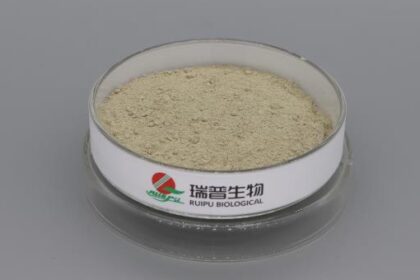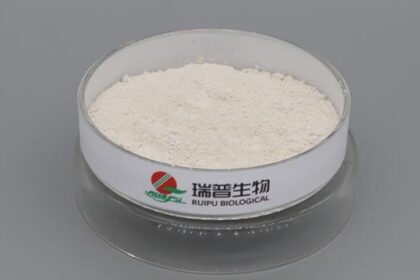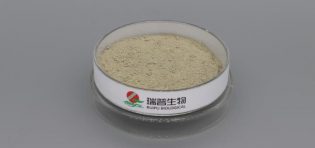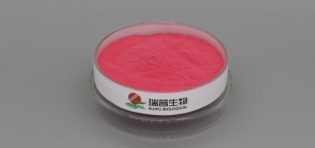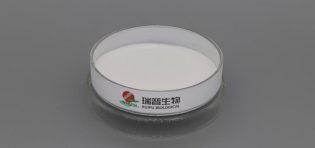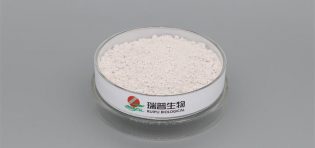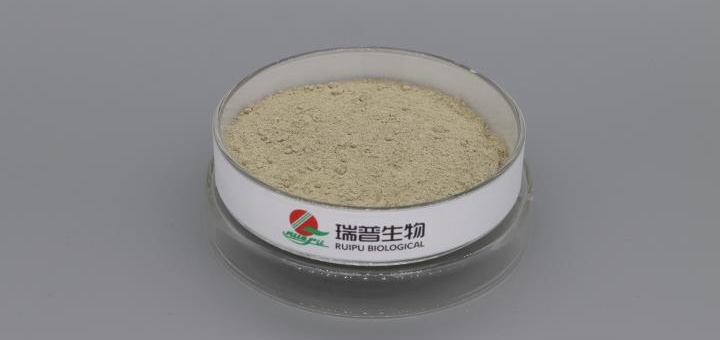
Ferrous gluconate is a common iron supplement with high biocompatibility and low irritation. However, traditional formulations have issues such as limited water solubility, low bioavailability, and easy oxidation. Nanonization technology, by preparing it into nanoparticles or nanocomposites, can significantly improve these defects and expand its application scenarios.
I. Nanonization Technology Paths
Nanoprecipitation Method
This is one of the most commonly used preparation methods. By mixing ferrous gluconate solution with an anti-solvent (such as ethanol or acetone), rapid solvent diffusion triggers supersaturation, causing ferrous gluconate molecules to spontaneously aggregate into nanoparticles. By regulating solution concentration, temperature, stirring rate, and anti-solvent ratio, the particle size (usually 50-500 nm) and dispersibility of the nanoparticles can be controlled. This method is simple to operate, low in cost, and suitable for large-scale production.
Emulsion-Solvent Evaporation Method
Ferrous gluconate is dissolved in an aqueous phase and mixed with an oil phase (such as cyclohexane) containing surfactants to form emulsion droplets. The ferrous gluconate in the droplets is solidified into nanoparticles by evaporating the oil phase solvent. Surfactants (such as Tween 80 and polyethylene glycol) can stabilize the nanoparticles and prevent agglomeration. This method can control the size of nanoparticles by adjusting the emulsion droplet size, and is suitable for preparing coated nanocomposites (such as those loaded in polymer nanocarriers).
Ion Gelation Method
Utilizing the coordination between Fe²⁺ in ferrous gluconate and anionic polymers (such as sodium alginate and chitosan), nanogel particles are formed under mild conditions. For example, Fe²⁺ combines with the carboxyl groups of sodium alginate, and by controlling the polymer concentration and Fe²⁺ ratio, nanogels with a network structure can be prepared, which not only improves the stability of ferrous gluconate but also achieves a sustained-release effect.
Mechanical Milling Method
Micron-sized ferrous gluconate crystals are crushed into nanoparticles using physical means such as high-energy ball milling. This method does not require chemical reagents and is suitable for scenarios with high purity requirements. However, it is prone to agglomeration due to the high surface energy of the particles, and dispersants need to be used to maintain the stability of the nanoscale.
II. Performance Advantages After Nanonization
Improved Bioavailability: The small size of nanoparticles (<100 nm) can enhance intestinal mucosa penetration, increase the contact area with absorption sites, and promote the absorption efficiency of Fe²⁺. Studies have shown that the bioavailability of nano-ferrous gluconate is 30%-50% higher than that of traditional formulations.
Enhanced Stability: The surface of nanoparticles can form a protective layer through coating (such as chitosan and vitamin C), reducing the contact between Fe²⁺ and oxygen or gastric acid, lowering the oxidation and degradation rates, and extending the shelf life.
Sustained Release and Targeting: By selecting biodegradable carrier materials (such as polylactic-co-glycolic acid), nanoparticles can slowly release Fe²⁺ in specific parts of the intestine, reducing irritation to the gastrointestinal tract. At the same time, targeting groups (such as peptides) can be modified to achieve precise delivery of iron to hematopoietic tissues.
III. Application Fields
Nutritional Fortification and Iron Supplementation Preparations: Used in infant milk powder and health foods to solve the problems of poor absorption and easy constipation caused by traditional iron supplements. Nano-ferrous gluconate can be made into oral liquids, microcapsules and other formulations, suitable for different groups of people.
Medical Field: As a new drug for the treatment of iron deficiency anemia, its sustained-release property can reduce the frequency of medication and improve patient compliance; the targeted delivery system can reduce the toxic side effects of iron overload on the liver and heart.
Food Preservation: Fe²⁺ has antioxidant properties. After nanonization, it can be uniformly dispersed in food packaging materials, and by slow release, it can inhibit the oxidative deterioration of oils and meats, extending the shelf life of food.
Agriculture and Feed: As an iron fertilizer or feed additive, nanoparticles are easily absorbed by plant roots or animal intestines, improving the utilization rate of iron, and alleviating iron deficiency chlorosis in crops or anemia in livestock and poultry.
IV. Challenges and Prospects
Although nanonization technology has significantly improved the performance of ferrous gluconate, there are still challenges: for example, the long-term biosafety of nanoparticles (such as whether they cause cytotoxicity or inflammatory reactions) needs further evaluation; how to control the uniformity of particle size in large-scale production to reduce costs, etc. Future research will focus on developing green and environmentally friendly preparation methods (such as biosynthetic carriers), optimizing surface modification technology to improve targeting, and promoting its practical application in medicine, food and other fields.

